Haoyang Environmental Co., Ltd. is located in Dezhou (Yucheng) National High-tech Industrial Development Zone, Shandong Province. The company is a high-tech comprehensive service provider integrating environmental engineering consulting, design, construction, environmental engineering material R&D and manufacturing, and hazardous waste comprehensive treatment and disposal investment and operation.
The company has more than 20 modern environmentally friendly engineering material production lines, including the country's first 10-meter-wide blown geomembrane production line, the country's first twin-screw filament geomembrane production line, and independently developed high-strength reinforced geomembrane production lines and high-strength composite geomembrane production lines. Geotextile production line, ultra-wide woven geotextile production line. The main products include HDPE geomembranes, polyester spunbond filament geotextiles, high-strength woven geotextiles, three-dimensional composite drainage nets, bentonite waterproof blankets, composite geomembranes and single and bidirectional geogrids and other new waterproof, anti-seepage, reinforcement and isolation functions. Environmentally friendly engineering materials. The products are mainly used in many environmental protection fields such as water conservancy, transportation, urban domestic waste treatment, industrial tailings ponds, and hazardous waste anti-seepage isolation and disposal.
Our company's main product, geomembrane, is a geosynthetic material used in engineering construction. It is made of high-density polyethylene (HDPE) material and has functions such as waterproofing, isolation, and reinforcement. Its main function is to form a waterproof layer in engineering projects to prevent water from penetrating into underground structures or soil to protect the safety and stability of underground structures. Geomembranes are widely used in fields such as water conservancy projects, road projects, and environmental protection projects, and play an important role in waterproofing, anti-seepage, isolation, and reinforcement.
As human populations grow and urbanization expands, the need for effective solutions to protect living spaces from environmental challenges becomes increasingly crucial. Geomembranes, serving as impermeable barriers, play a pivotal role in safeguarding human habitats. Geomembranes are widely used in various engineering and environmental applications, and environmental engineering is one of its main application areas.
In environmental protection projects, geomembranes are mainly used to prevent penetration at the bottom and sides of environmental protection facilities such as landfills and sewage treatment plants to prevent pollutants from leaking and contaminating groundwater and soil.
Geomembrane has the following advantages in environmental protection projects:
1. Anti-penetration and waterproofing: Geomembrane has good anti-penetration and waterproof properties, which can effectively prevent pollutants and harmful substances from penetrating into the soil and protect groundwater resources from pollution.
The anti-penetration and waterproofing advantages of geomembrane in environmental protection projects are mainly reflected in the following aspects:
Landfills: Geomembranes play a vital role in landfills. They serve as the bottom anti-seepage layer, effectively preventing pollutants from penetrating into the soil and groundwater, thereby protecting the surrounding environment and water sources from pollution.
Wastewater treatment pool: In wastewater treatment and sewage treatment facilities, geomembranes are used to prevent seepage of the pool body to ensure that sewage does not leak and also ensure that the water during treatment is not polluted by external water bodies.
Tailings pond: In the process of mining waste treatment, geomembranes are used to prevent seepage of tailings ponds to prevent harmful chemicals from penetrating into soil and water bodies and reduce environmental pollution.
Artificial lakes and reservoirs: When building artificial lakes, decorative water bodies, or agricultural water reservoirs, the use of geomembranes can prevent leakage from the body and ensure the effective preservation and utilization of water resources.
River management: In river management and flood control projects, geomembranes are used to strengthen river banks, prevent water infiltration, reduce soil erosion, and protect river bank stability.
In these applications, the high anti-permeability performance of geomembranes ensures the safety and long-term stability of environmental protection projects, and is of great significance to protecting the environment and preventing water and soil pollution.
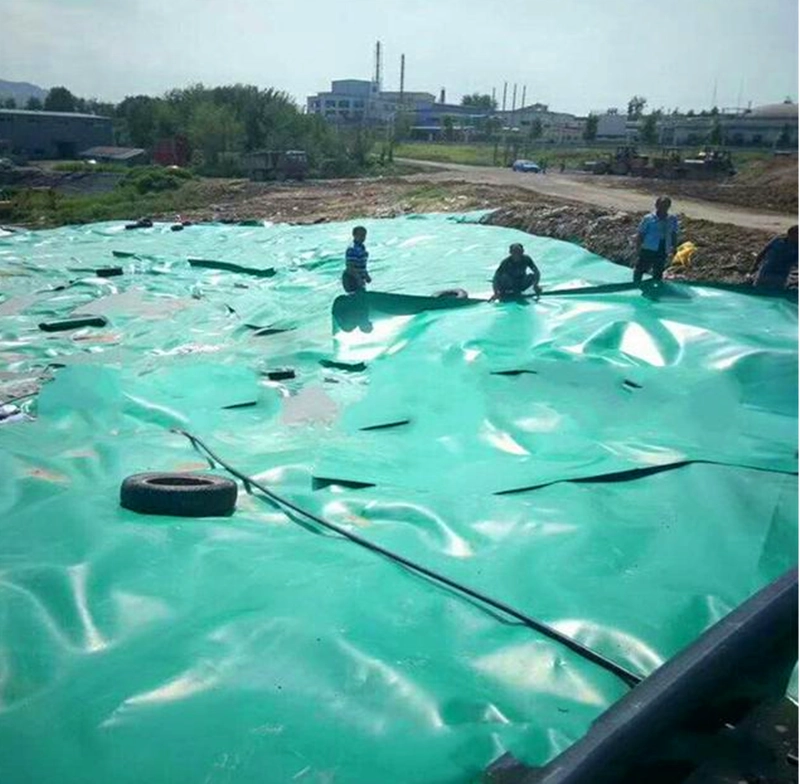
Green wide geomembrane construction site
2. Soil protection and anti-erosion: Geomembrane can cover the surface of bare land to prevent soil from being eroded by wind, water or biological erosion, and protect soil quality and ecological environment.
Geomembrane has the advantages of soil protection and corrosion prevention in environmental protection projects, mainly in the following aspects:
Prevent soil pollution: As an effective isolation layer, geomembranes can prevent harmful chemicals, waste or sewage from penetrating into the soil and preventing soil and groundwater contamination. This is particularly important in environmental projects such as landfills and hazardous waste disposal sites.
Control soil erosion: In areas prone to soil erosion such as river banks and slopes, geomembranes can be used as reinforcement materials to prevent water flow from directly eroding the soil, reducing the risk of soil erosion and maintaining land stability.
Restoring the ecological environment: In ecological restoration and vegetation reconstruction projects of damaged land, geomembranes can be used to prevent soil loss in new planting areas, while maintaining required moisture, promoting vegetation growth, and contributing to the rapid recovery of the ecological environment.
Prevent water body erosion: In protection projects at the edge of water bodies, such as rivers, lakes and artificial waterways, geomembranes can prevent water flow from eroding soil, maintain the stability of water banks, and reduce soil loss.
Build ecological isolation zones: Use geomembranes to build isolation zones around industrial areas or other projects that may have a negative impact on the environment, which can effectively block the spread of pollutants to the surrounding environment and protect the soil and ecological environment in unpolluted areas.
Through these applications, geomembranes not only provide an anti-seepage and waterproof solution in environmental protection projects, but also play an important role in soil protection and erosion prevention, helping to achieve the goals of sustainable development and environmental protection.
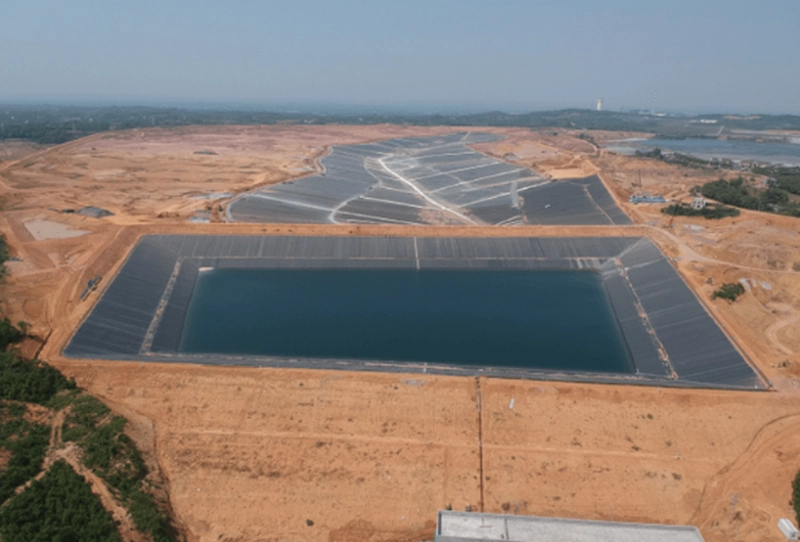
A corner of the tailings project completed with a 10-meter ultra-wide geomembrane
3. Water body treatment: Geomembranes can be used in water body treatment projects such as lakes and rivers to prevent water body leakage and pollution, and improve the quality of water bodies and ecological environment.
The advantages of geomembrane in water management in environmental protection projects are mainly reflected in the following aspects:
Prevent water pollution: As an anti-seepage isolation material, geomembrane can be used in sewage treatment plants, landfills and other projects to prevent pollutants from seeping into groundwater or nearby water bodies, thereby reducing the risk of water pollution.
Improve water quality: By blocking harmful substances in wastewater from penetrating into the water body, geomembranes help maintain the water quality, keep the water clean and ecologically balanced.
Prevent water evaporation and leakage: In water conservancy projects, geomembranes can be used as anti-seepage layers around reservoirs, channels, ponds and other water bodies to prevent water evaporation and leakage and improve water resource utilization efficiency.
Control surface runoff: Geomembrane can establish an anti-seepage zone at the edge of a water body to prevent pollutants in rainwater runoff from seeping into the water body, thereby controlling surface runoff and protecting water quality.
Construction of artificial wetlands: Geomembranes can be used in the construction of artificial wetlands as an anti-seepage layer to prevent leakage and pollution of the bottom water body. At the same time, it can improve water quality through the purification effect of wetland vegetation.
To sum up, the advantages of geomembrane in water management in environmental protection projects are mainly reflected in preventing water pollution, improving water quality, preventing leakage and evaporation, controlling surface runoff, and building artificial wetlands. In order to maintain water health and protect the ecological environment It played an important role.
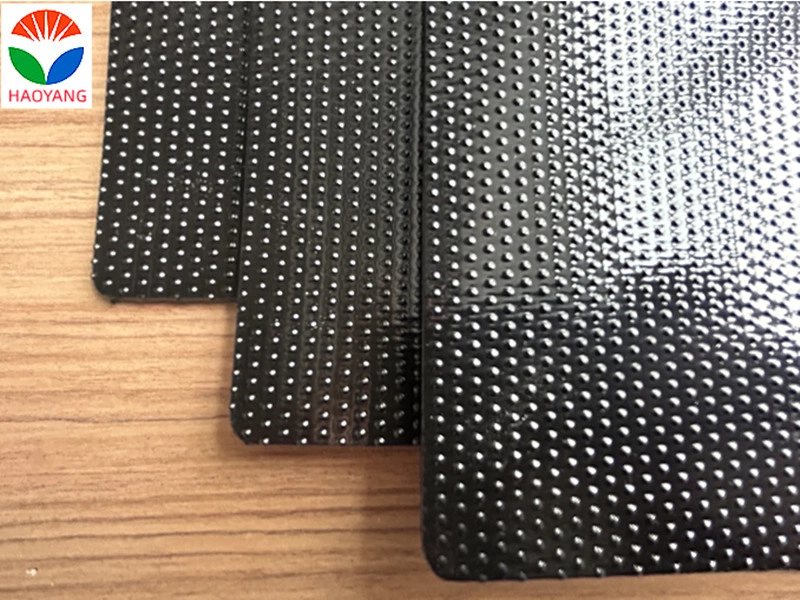
New wide-width double-rough surface stagnation geomembrane product
4. Ecological restoration: Geomembranes can be used in ecological restoration projects to cover damaged land surfaces to help restore vegetation and ecosystems and improve the ecological environment.
Geomembrane has the advantages of ecological restoration in environmental protection projects, which are mainly reflected in the following aspects:
Restoration of damaged ecosystems: Geomembranes can be used in restoration projects of contaminated land, such as sealing landfills or treating contaminated land and water bodies. By preventing further spread of pollutants, it creates conditions for the natural recovery of ecosystems.
Construction of artificial wetlands: The use of geomembranes as an anti-seepage layer in the construction of artificial wetlands can effectively control water flow and water levels, simulate the natural wetland environment, and promote water quality purification and biodiversity recovery.
Soil erosion control: In areas prone to erosion, geomembranes can serve as a protective layer to prevent rainwater from directly scouring the surface, reduce soil loss, and help restore vegetation and stabilize the soil structure.
Promote vegetation growth: In ecological restoration projects such as desertification and mining area reclamation, geomembranes can not only prevent water evaporation, but can also be used in combination with other materials such as soil moisture layers to create a microenvironment conducive to vegetation growth.
Prevent the spread of harmful substances: In environmental protection projects that deal with toxic and hazardous wastes, the use of geomembranes can effectively isolate harmful substances and prevent them from spreading into the surrounding environment, thereby protecting the surrounding ecological environment from pollution.
Provide a stable foundation: In areas with severe landslides and erosion, geomembranes can enhance ground stability and provide a stable foundation for restoring vegetation and ecosystems.
Taken together, the ecological restoration advantages of geomembranes in environmental protection projects are mainly reflected in repairing damaged ecosystems, building artificial wetlands, controlling soil erosion, promoting vegetation growth, preventing the spread of harmful substances, and providing a stable foundation. It is important for improving environmental quality. and plays an important role in promoting ecological balance.
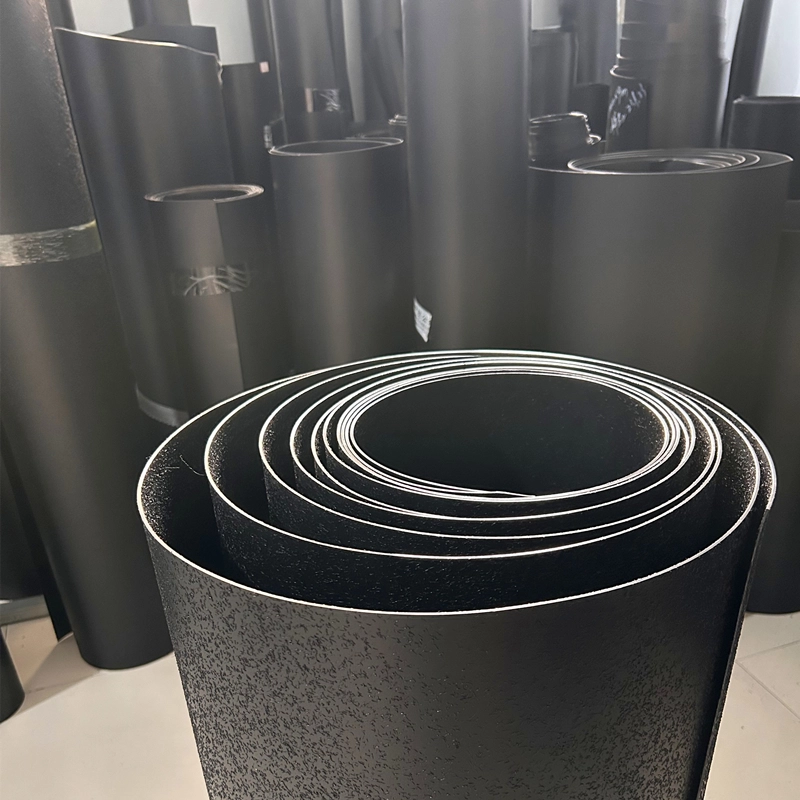
Display of some geomembrane products of Haoyang Company
5. Landfill covering: Geomembrane can be used as a covering layer in landfills to prevent waste from leaking and contaminating groundwater, and to protect the surrounding environment from pollution.
Geomembrane has significant advantages in environmental protection projects, especially in landfill covering applications, which are mainly reflected in the following aspects:
Strong anti-penetration performance: Geomembrane has excellent anti-penetration properties, which can effectively prevent leachate in landfills from penetrating into groundwater, thus protecting groundwater resources from pollution.
Gas control: Landfills produce large amounts of harmful gases (such as methane, carbon dioxide, etc.) during the decomposition process. The use of geomembrane covering can effectively control the release of these gases, reduce pollution to the surrounding environment and atmosphere, and can recycle these gases as energy by designing a collection system.
Environmental protection: By effectively isolating garbage from the external environment, geomembranes prevent harmful substances from contaminating soil and water bodies, helping to maintain ecological balance and environmental quality.
Stability and durability: Geomembrane has good mechanical strength and chemical stability, and can maintain its performance even in harsh environments, ensuring long-term effective isolation effects and reducing maintenance and post-processing costs.
Promote site reclamation: Using geomembrane-covered landfills, the surface can be covered with soil and planted with vegetation, promoting the restoration of the site landscape, and even converting it into a park or other uses beneficial to the community to realize the reclamation and utilization of abandoned land.
Economic benefits: Compared with traditional covering materials, geomembranes have lower construction and maintenance costs. At the same time, they improve the environmental protection standards of landfills and reduce possible environmental pollution fines, which have significant economic benefits in the long run.
Convenient construction: The laying of geomembrane is relatively simple and fast, and can adapt to landfills of different terrains and sizes, improving construction efficiency and shortening the construction period.
In short, the application of geomembrane in landfill coverage not only effectively prevents environmental pollution, but also promotes the rational utilization and ecological restoration of waste land, which is of great significance to environmental protection and resource recycling.
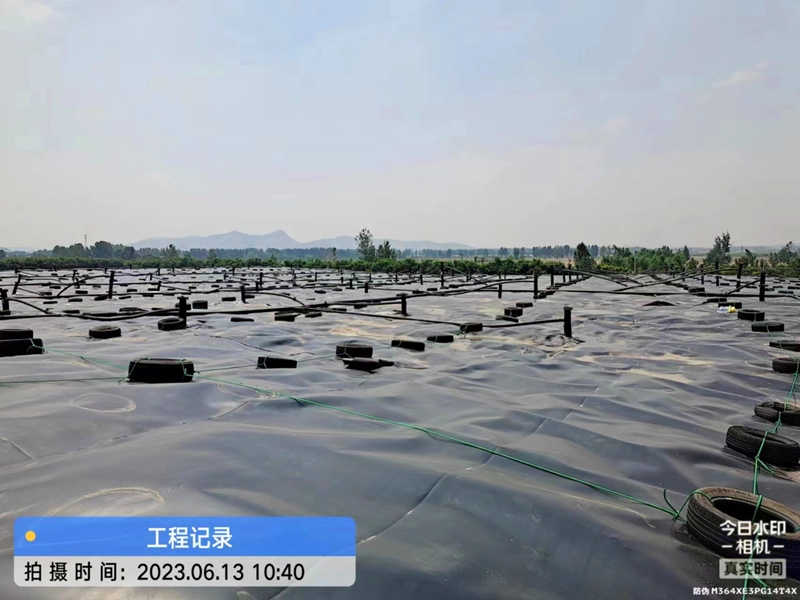
The geomembrane construction project completed by Haoyang Company in 2023
To sum up, geomembrane has the advantages of anti-infiltration, soil protection, water body management, ecological restoration and landfill coverage in environmental protection projects. It is an important environmental protection material and helps to improve environmental quality and protection. ecosystem. The latest developments in geomembrane materials represent a significant stride toward more robust and sustainable solutions for protecting human living spaces. From enhanced polymer compositions to the integration of nanotechnology, self-healing mechanisms, and biodegradability, these innovations collectively contribute to the resilience and environmental consciousness of geomembranes. As research and technology continue to advance, the future holds exciting possibilities for further refining geomembrane materials, ensuring the continued protection of human habitats in an ever-changing world.
![]() 0.75 Double-sided smooth HDPE geomembrane.pdf
0.75 Double-sided smooth HDPE geomembrane.pdf
![]() 1mm Single-texture HDPE geomembrane.pdf
1mm Single-texture HDPE geomembrane.pdf
![]() 2mm Single-texture HDPE geomembrane.pdf
2mm Single-texture HDPE geomembrane.pdf
![]() 1 Double-sided smooth HDPE geomembrane.pdf
1 Double-sided smooth HDPE geomembrane.pdf
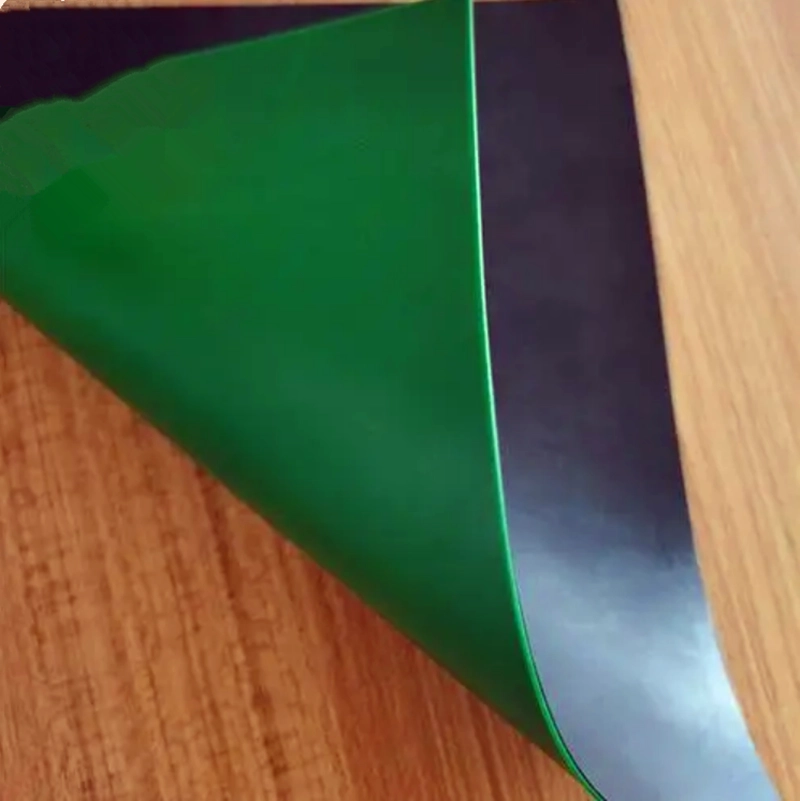
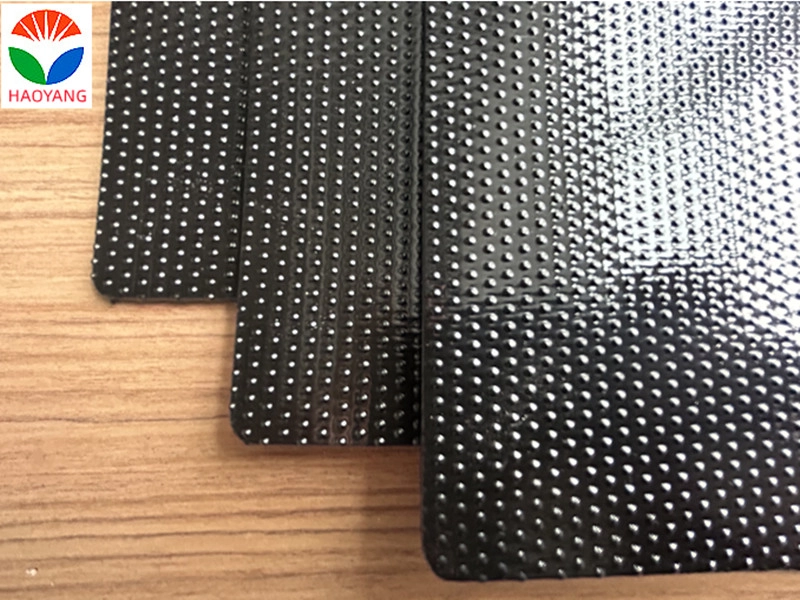
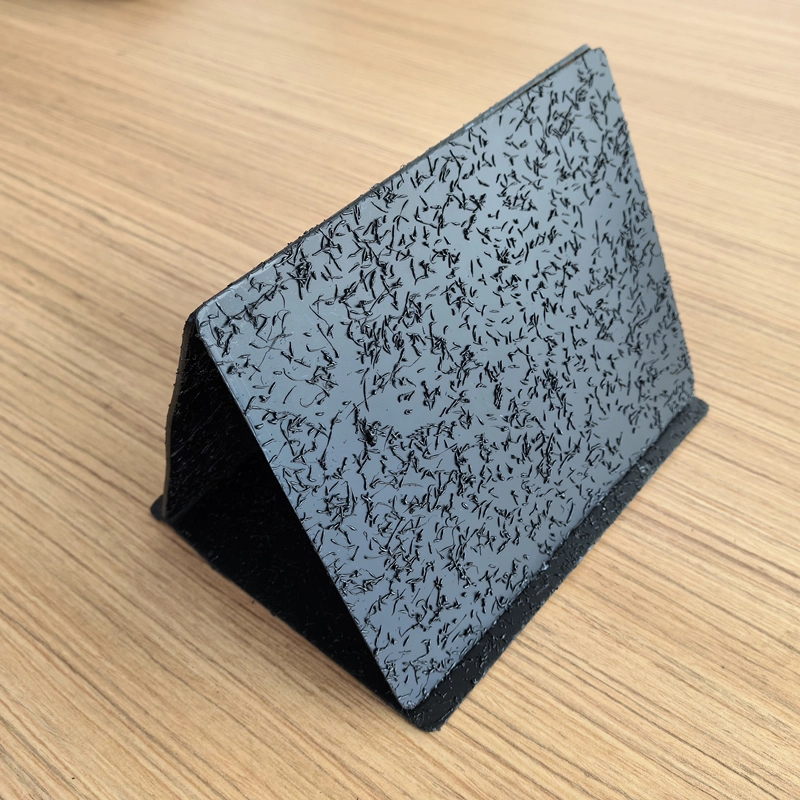
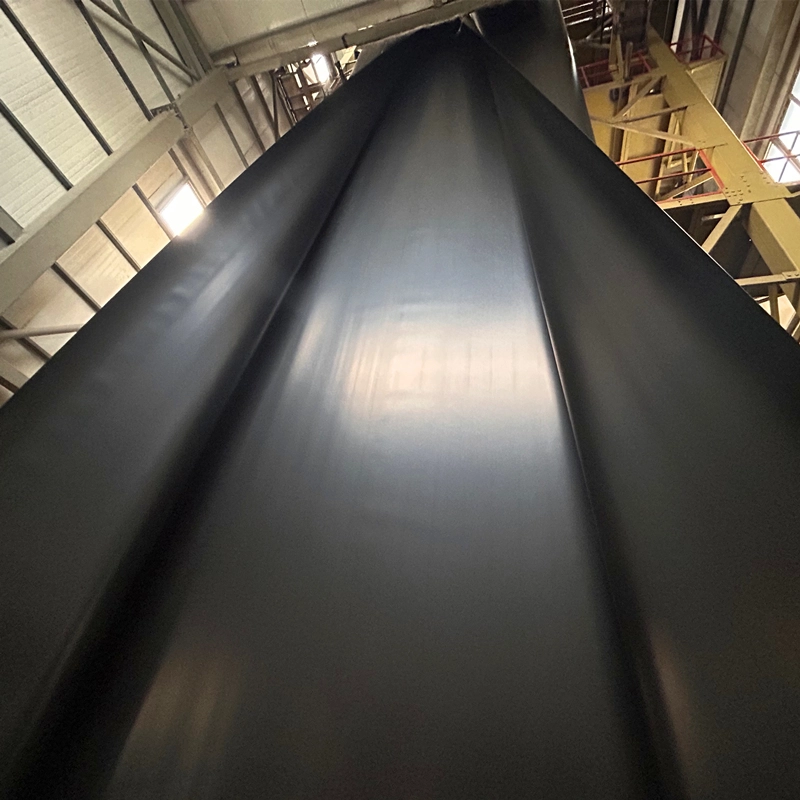
503.webp)
759.webp)
897.webp)
942.webp)
237.webp)